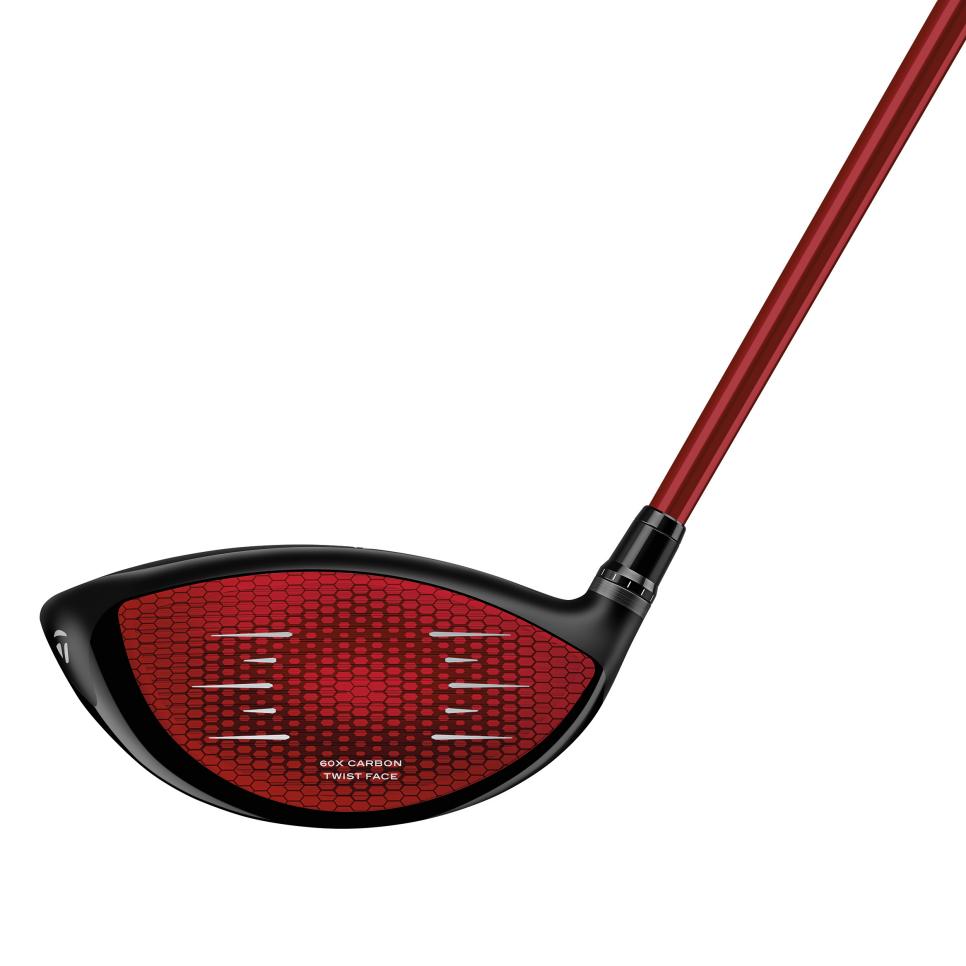WHAT YOU NEED TO KNOW: The TaylorMade Stealth 2 drivers take another bold step in moving to fully carbon composite constructions, this time with special attention to making mis-hits more like centre hits. The changes this year include a new variable thickness carbon composite face that offers improved ball speeds for off-centre hits. Meanwhile, there’s even less titanium in the body, freeing up more mass to add more stability compared to last year’s models. The trio includes the low-spin Stealth 2 Plus, which offers a sliding weight to tweak ball flight; Stealth 2, the neutral flight, high-forgiveness option ideal for most golfers; and Stealth 2 HD, the most stable model of the three with draw-biased weighting to fight the slice.
RELATED: What you need to know about TaylorMade’s Stealth 2 fairway woods and hybrids
PRICE: Stealth 2 Plus, $1,119 (8, 9, 10.5 degrees); Stealth 2, Stealth 2 HD, $1,019 (9, 10.5, 12 degrees). All models feature an adjustable hosel that changes loft by plus/minus two degrees. Now available for pre-order and expected at retail across Australia from February 17.
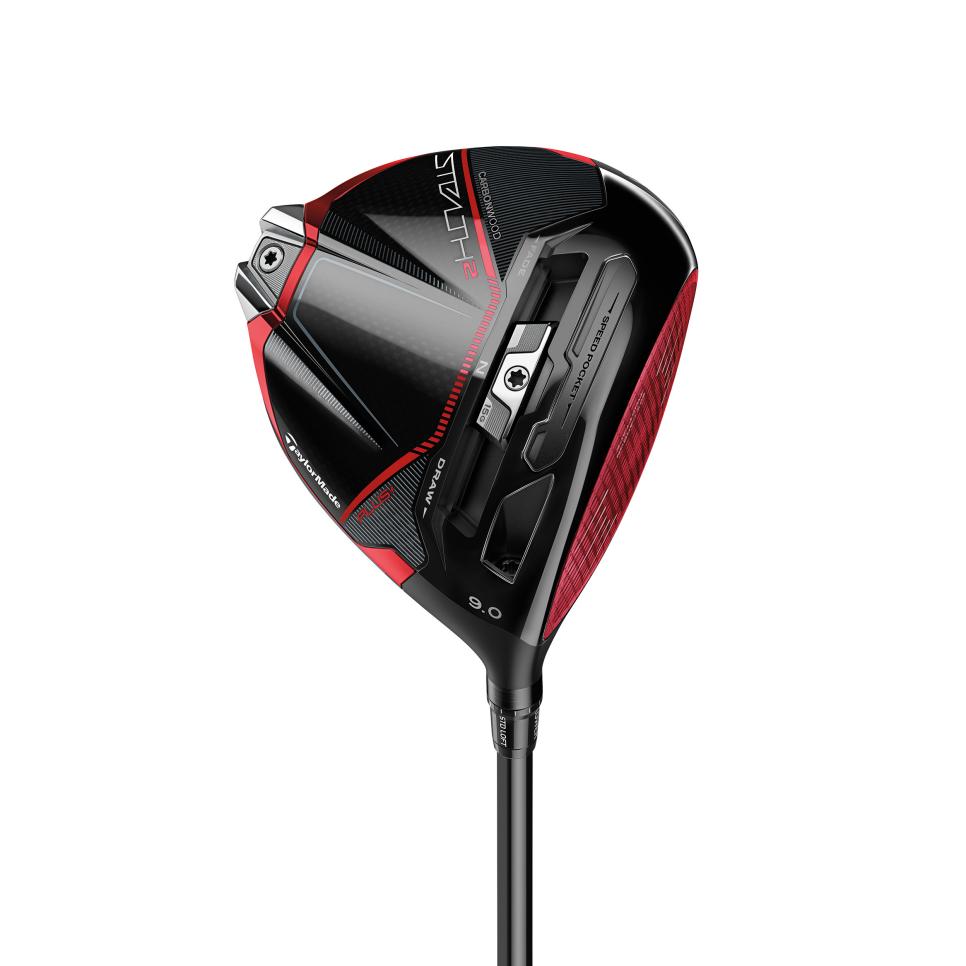
3 COOL THINGS
1. The hottest face story from 2022 gets hotter for 2023. When TaylorMade debuted the carbon composite face in last year’s Stealth, it wasn’t so much the magical properties of carbon fibres that made it a better face. It was that carbon fibre made the face 40 percent lighter than a titanium face. In the Stealth 2 drivers, it’s lighter still, just 24 grams or just shy of half of what a standard titanium face might weigh. That frees up more mass to explicitly pinpoint the optimal centre of gravity position and forgiveness for each of the three Stealth models. Basically, that means slightly more forward for the low-spin Stealth 2 Plus, slightly more rearward on the forgiving Stealth 2 and slightly deep and more heelward on the high-launching, slice-correcting Stealth 2 HD.
But that’s not the only improvement in the carbon composite face on this year’s Stealth 2. Like the original, the face is constructed by 60 distinct layers of carbon fibre that are arranged to provide a more flexible perimeter with thinner sections around the centre thicker region. This year, those perimeter areas are even thinner. Thinner means more flexible, thereby leading to more consistent ball speed all across the face. It’s more than just making a thicker centre and thinner perimeter, says Tomo Bystedt, TaylorMade’s senior director of product creation for woods.
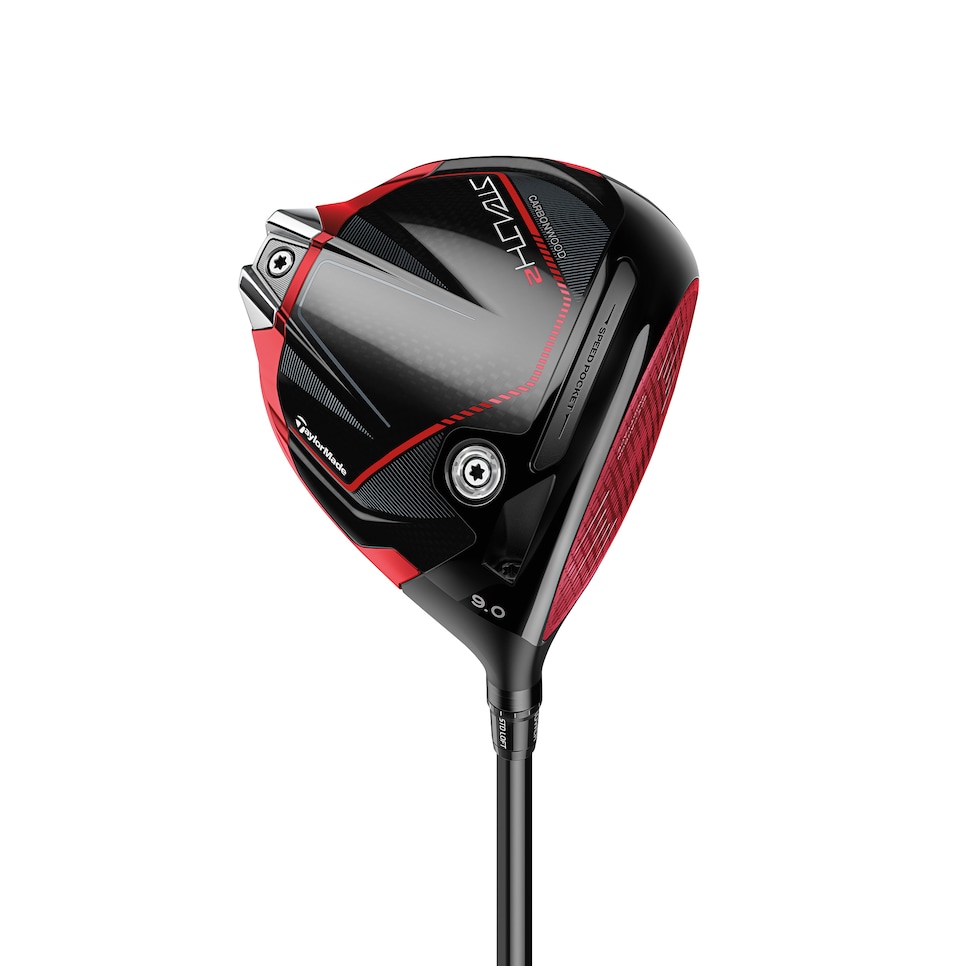
“The thickest part was basically in the center face before and we moved it about seven millimetres toe-ward,” he said, noting that makes a little more area of the face on the heel side thinner. “That evens out the speed profile of the face because obviously the heel is going to tend to be slower because you have a little bit shorter span in the heel. So this really maximises the hottest area of the face.”
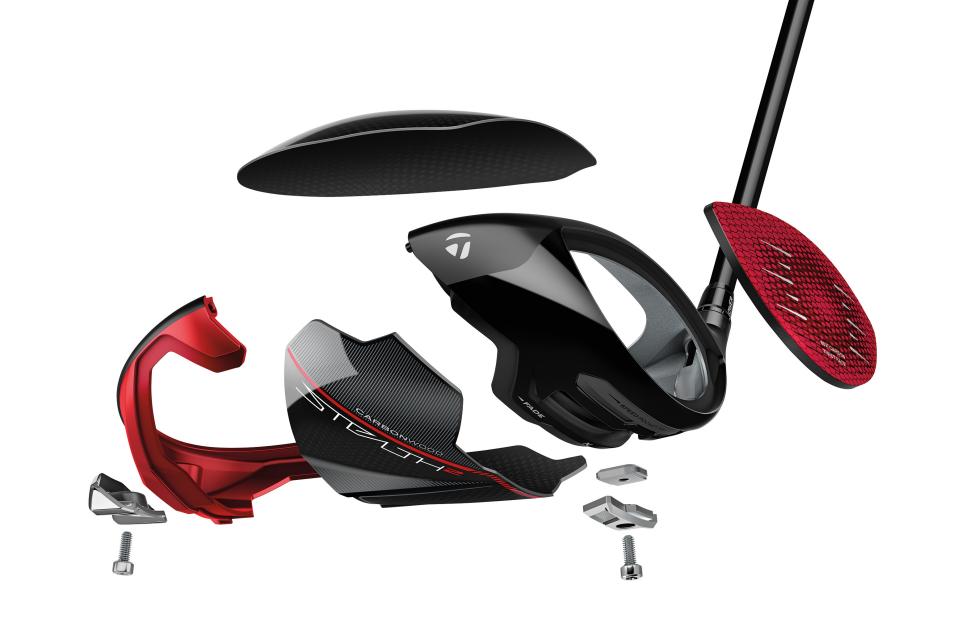
2. More carbon equals more forgiveness. It wasn’t only the face that increased forgiveness for this year’s edition of TaylorMade drivers. A new body construction also reduced the non-carbon sections to almost none, freeing up more mass that was used in different ways in Stealth 2 Plus, Stealth 2 and Stealth 2 HD. In past models, there was a titanium frame that housed the carbon composite face and then a ring of either titanium or aluminium that circled the body or like in last year’s Stealth, a titanium sole plate. The carbon composite crown and sole sections were bonded to that ring. Now the ring itself is a carbon-reinforced composite, making it even lighter and allowing for a fully carbon composite sole to replace the titanium sole plate.
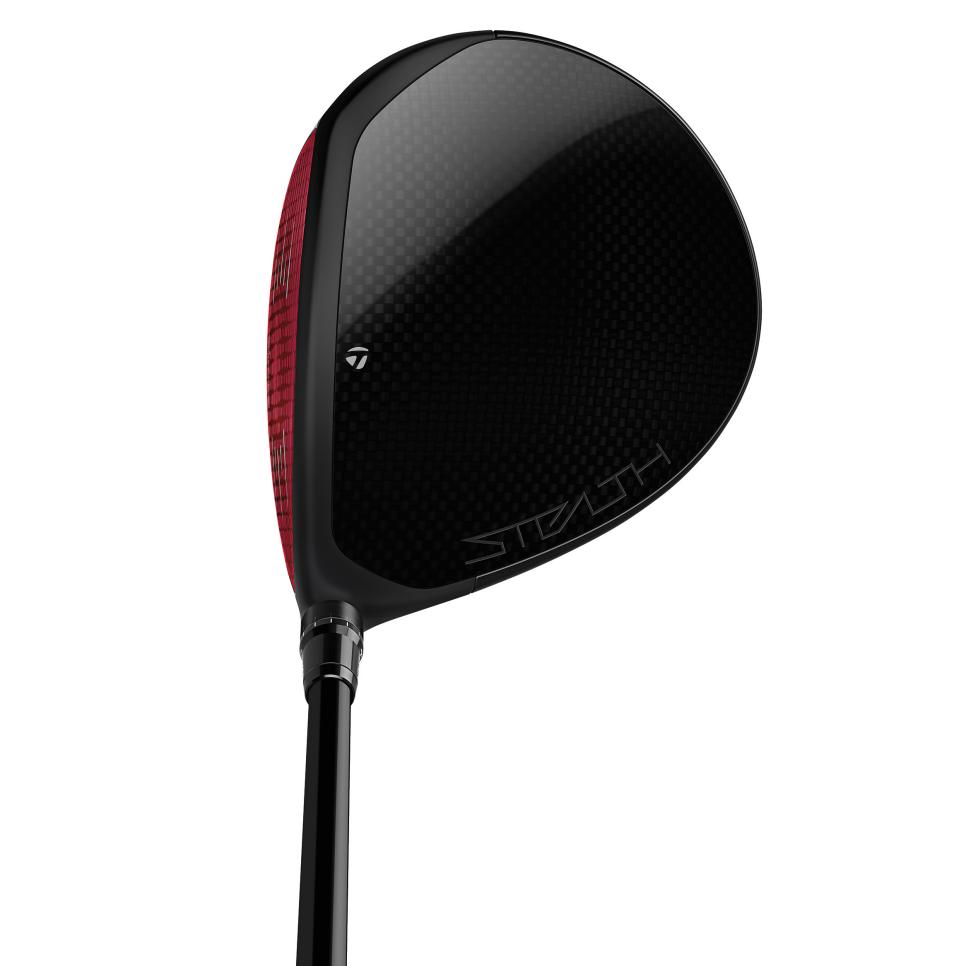
While that made the sole itself lighter, it allowed for more mass to be precisely positioned. On the Stealth 2 Plus, that means the sliding weight is now 15 grams instead of 10 to help increase the low forward centre of gravity position, but it also means more mass also could go into the weight at the rear base of the driver, far away from that centre of gravity. It’s what TaylorMade calls the “inertia generator”, and it sits low in a keel at the back end of the driver to maximise off-centre hit stability. In fact, it’s nearly triple the weight that was in the back before. On the Stealth 2, that rear weight is now 25 grams and it’s 30 grams on the high-forgiveness Stealth 2 HD, some four or five times what it was before. The freedom to move mass to specific different regions within the head is what sets the Stealth 2 family apart, Bystedt said.
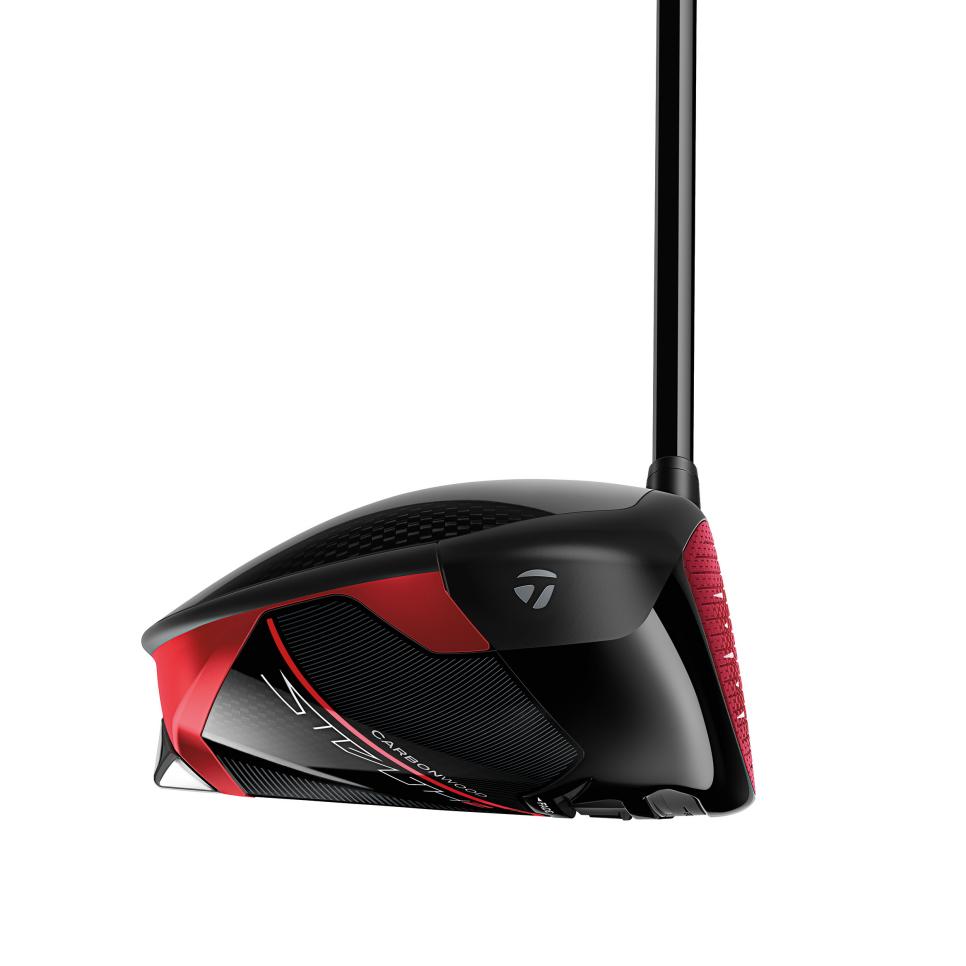
“I think you can see where we’re starting to basically break the trade-off between ‘Do you want a low-spin, low-forward CG type of club or do you want the forgiving one,’” he said.
RELATED: What you need to know about TaylorMade’s Stealth HD irons
3. Which one’s for me? While each of the Stealth 2 drivers are more forgiving than last year’s models, particularly the Stealth 2 Plus, they still target distinct audiences. The moveable weight on the Stealth 2 Plus is more substantial so it can better tweak a slight fade or slight draw preference, but it is still aimed at players who contact the centre of the face more often. As the lowest spin offering, higher swing speed players will see more benefits from this model vs the others. The Stealth 2 offers the most ideal mix of forgiveness, launch and spin for most non-elite players. Meanwhile, the Stealth 2 HD is the highest-launching and most forgiving of the three drivers. Its rear weight is repositioned more towards the heel to particularly target the slice, and its standard lie angle is four degrees more upright than Stealth 2 Plus to encourage more of a draw.
